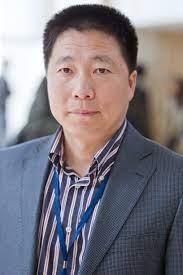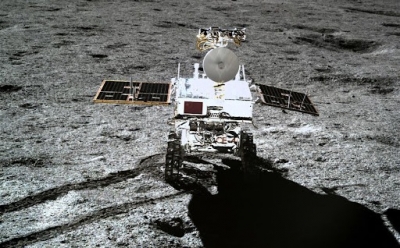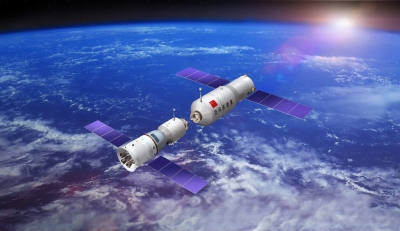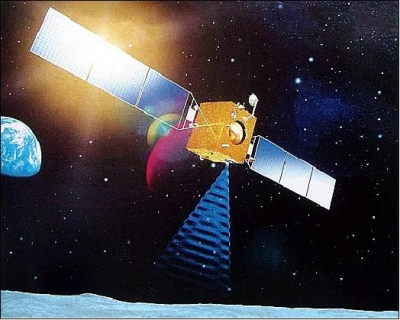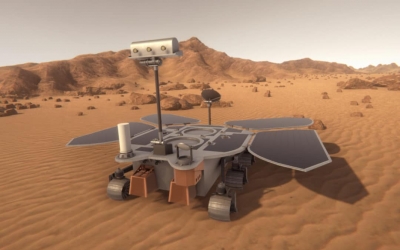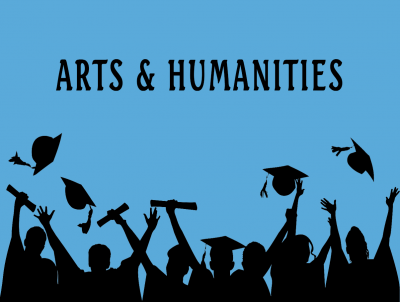
We are on to one of the most debated fields in India: Arts. Now here's the deal, when people outside India think "Arts", they think sketching, designing, painting, or better yet acting. However, if you have lived in India long enough, you know that Arts for us means what the others call HUMANITIES. It includes subjects like literature, sociology, history, economics or the most famous of all of them, Psychology.
There are numerous misconceptions when it comes to Arts. Some look at the word and think it is all about sketching skills or painting. Others think you cannot have any lucrative careers if someone takes up Arts. Despite these, Arts is the most popular field chosen by students in the last ten years. I have been catering to students' career needs for the past five years and in my experience, students don't have all the information about Arts or Humanities. Here is my chance to clear that.
Teaching se hatke!
Teaching is one of the noblest careers available. A teacher has the lives and future of every child in his/her hands. Hence, a teacher should also have all the knowledge available on what other careers one could choose from. Here are some of them:
Counselling Psychologist: Psychology is the study of human behaviour. Contrary to the popular myth, it does not give you the ability to read minds. If you take Psychology, you mainly have three options; you can be a counsellor, a researcher or an industrial psychologist. For either of the three you would have to take the same route - Arts in your 11th and 12th, then a Bachelor in Psychology followed by a Masters in the same. Then it depends on what you want your career to be. As a counsellor you will be able to use different psychological theories to help clients deal with any issues or problems they may have.
Researcher: As a researcher or clinical psychologist you would be able to use the skills you may have to research any new disorders or cures for them. You could also discover various techniques of learning or other psychological issues.
Industrial Psychologist: As an industrial psychologist, you would be in the corporate world solving industrial issues. You could be recruiting employees and training them for any issues you may have observed. You could also use your knowledge of consumer psychology to help the company you work for in their marketing research.
Sociologist: Sociology is the study of the development, structure and functioning of human societies. As a sociologist you would work as a researcher to understand how certain societies function or how the cultural differences in groups affect the society overall. For example, if all the teenagers want to take Commerce, the society overall will fall short of doctors and engineers. This was just an example. There are various types of groups prevalent in the society, each having its own effect on it. Your research could help societies prevent certain crises or help it function more efficiently. To be a sociologist you will have to take arts for your 11th and 12th and then a Bachelor in Sociology followed by a Masters in the same.
Historian: History is very important. Knowledge of your medical history could help your doctors treat you, a history of past volcanic reactions could help predict the next volcanic eruptions. The history of the world would help us human beings avoid past mistakes we have made. As a historian you will be part of a research team that study past incidents, cultures or societies. Your knowledge of the history could help researchers deal with any problems they face in the future. You will have to take History in your 11th and 12th and then a Bachelor in History followed by a Masters in the same.
Economist: The economy is ever-changing depending on the circumstances in the country. Especially due to the pandemic, there are going to be many challenges to improve the overall economy of the country. As an Economist you will, with your knowledge and research, use various theories, help come up with various strategies to improve the economy. You will have to take Economy as a subject in your 11th and 12th and then a Bachelor in Economics followed by a Masters.
Advertiser: To be an advertiser you need to be creative. Not only creative in drawing or designing but also creative in creating strategies to get a product or a service sold profitably. To be an advertiser you can take any stream (preferably Arts) in your 11th and 12th and a Bachelor in Mass Media (BMM).
Content Developer: Every advertiser or marketing executive needs a content developer to make content for any sales pitch or ad campaign. To be a good content developer you need a comprehensive vocabulary and also a little bit of insight into consumer psychology and how the target audience responds. You need literature (English or any language you're comfortable with) in your 11th and 12th and bachelors in the same language followed by a Masters in the same. Or you could also do a Bachelor in Mass Media (BMM).
Designing: There are many types of designing. In fashion designing you design clothes, product designing you design things people use in their daily life, web designing you design websites, graphic designing, design various images or brochures or bill boards or interior designing to design how someone's home or office looks. Each of these designings is a course of its own, after you take Arts in 11th or 12th or after any bachelor course.
Artist: An artist doesn't include only a person who can paint or sketch, it can also mean a musician or a dancer or a singer or an actor. These professions have graduate courses of their own. You can take any subject in 11th and 12th and then a Bachelor in Applied Arts, music, dance or acting. Keep in mind these professions are risky ones. Some end up being successful others don't. Thus it is advisable to have a backup plan or any other graduate course along with it.
Journalist: Journalists are very important in order to keep the powers that be in check and report issues or problems that affect regular citizens daily. As a journalist you will have a lot of responsibility to report facts of any issues accurately. You have to take Arts in your 11th and 12th and then a Bachelor in Mass Media (BMM).
Political Science: A politician or political party needs a political science graduate to be successful. Political science graduates study how a political stance can affect a particular demographic and thus would help the politician or political party to understand how many votes they could get in an election. You simply take Political Science in your 11th and 12th followed by a Bachelor in Political Science.
Arts or the Humanities are a fun filled set of courses. Graduating from any of them can lead you to a successful career in them, provided you enjoy what you do. Like the science and commerce fields, the humanities are also prestigious. Hard work and love of what you do are the most common factors in all the three major fields. As long as you have complete information about what you are good at and what you like studying, you will make the right decision. Of course, the right guidance is just as important. So don't be afraid to seek help when you need it.
Credit : Darryl D’Souza
Picture Credit : Google
